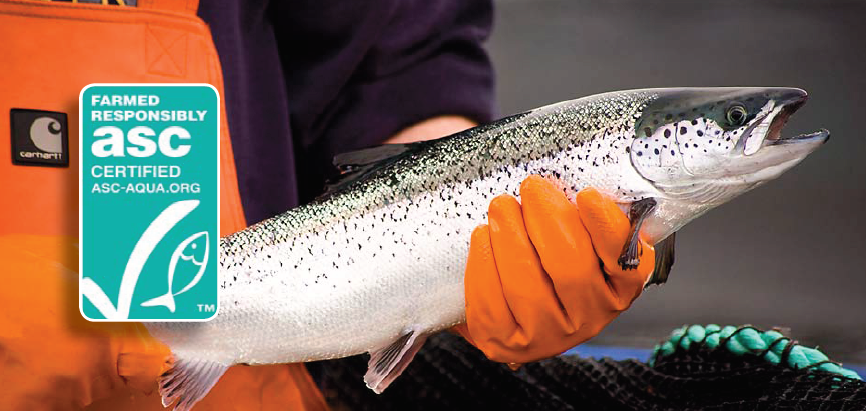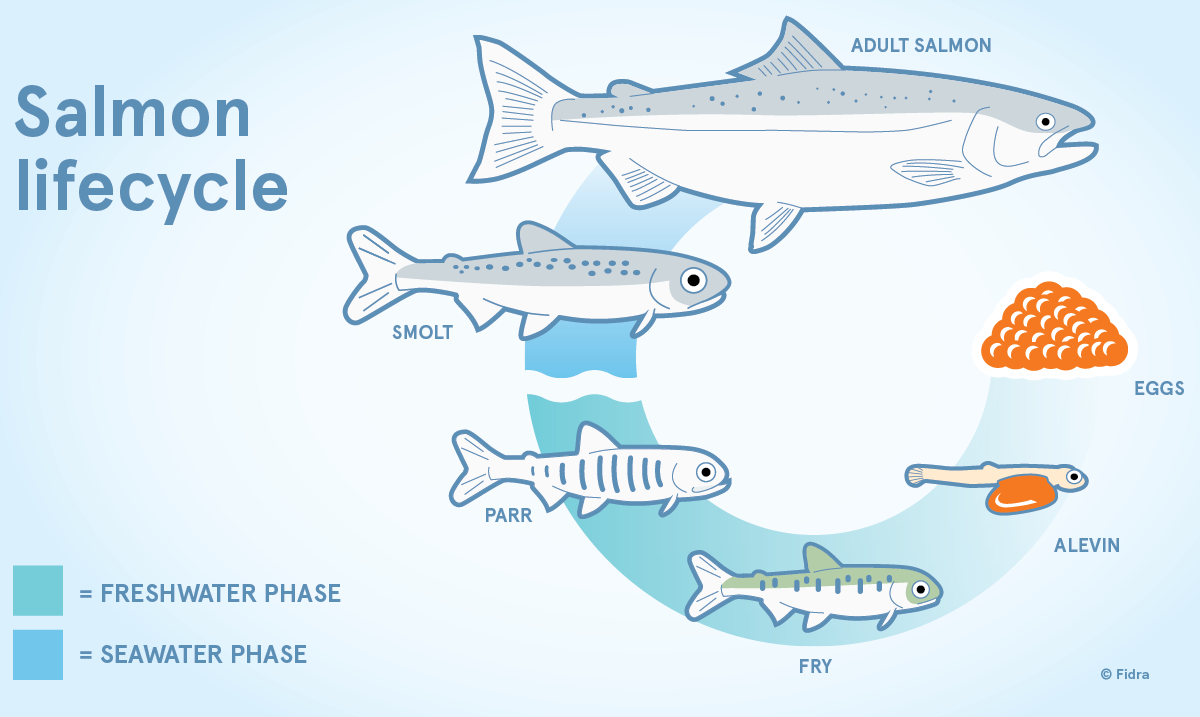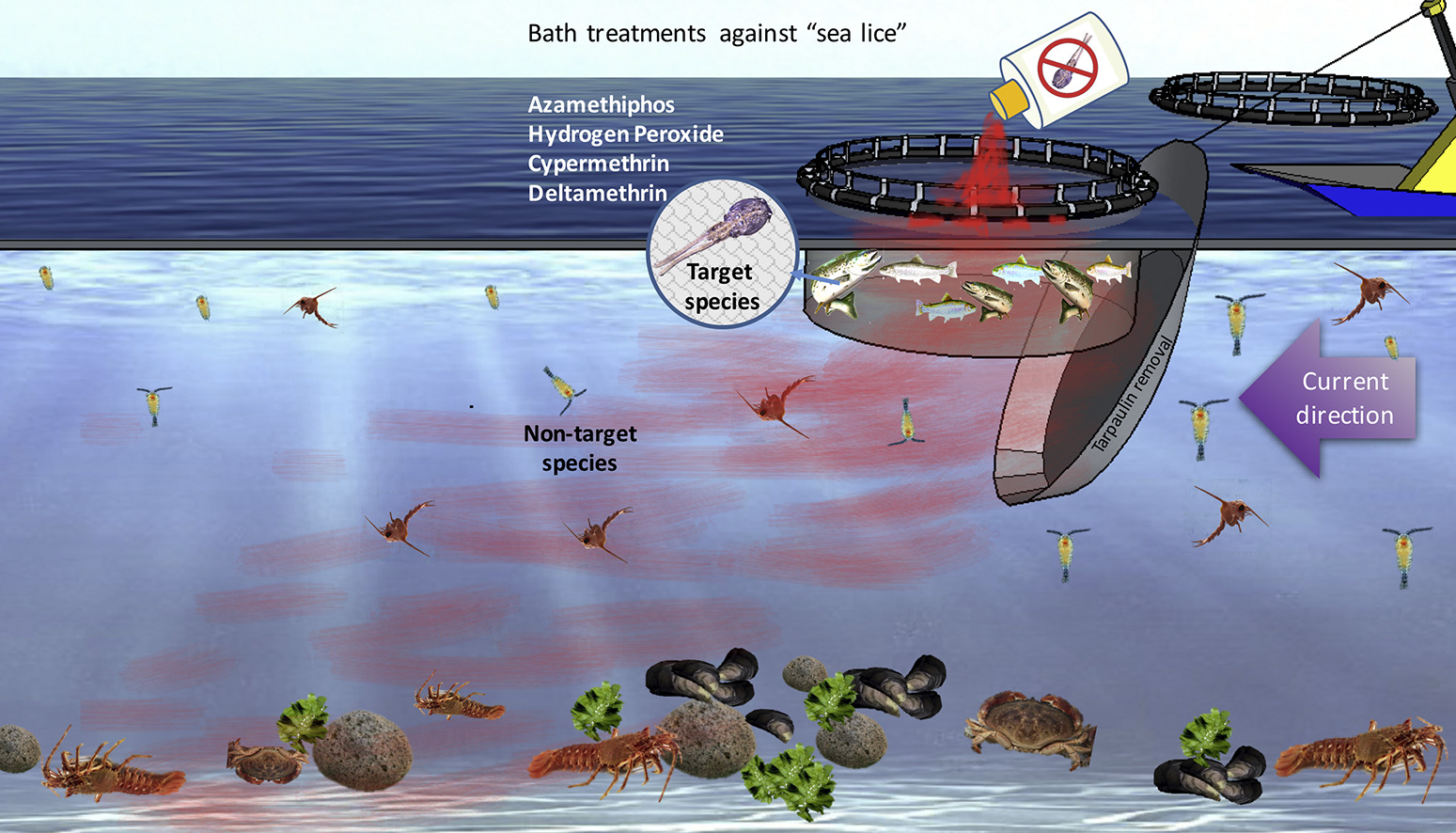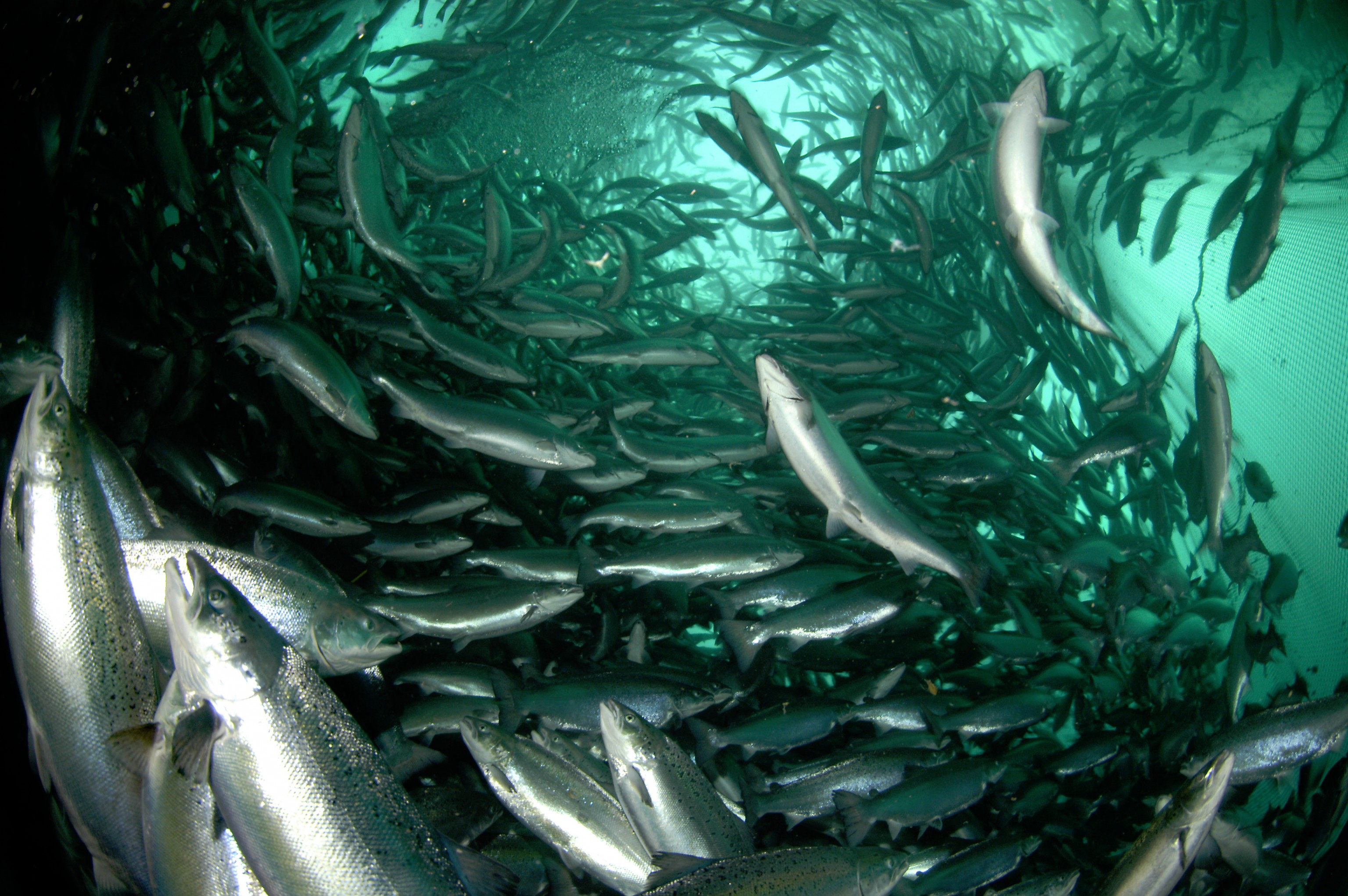|

The Freshwater Trout Standard applies to '…any salmonid grown in fresh water' and audits require site inspection
ASC releases revisions to freshwater trout and salmon standards
 NETHERLANDS
NETHERLANDS
Friday, July 12, 2019, 00:00 (GMT + 9)
The Aquaculture Stewardship Council (ASC) Salmon Standard and Freshwater Trout Standard have been updated following a rigorous multi-stakeholder, science-based review process, as part of ASC’s ongoing commitment to continuously improve standards and adapt to changes in the industry.
The revision will resolve inconsistencies between the two standards, meaning all freshwater salmonid farming, including salmon smolt production, will now be audited against the Freshwater Trout Standard, which is specifically designed to minimise freshwater impacts. The change also means that ASC certified salmon farms will be able to use smolt from freshwater cage culture, if the production has been certified responsible against the stringent requirements of the Freshwater Trout Standard. With the updates, smolt production for all ASC certified salmon farms will now require an on-site audit for the first time.

Photo: Mowi
The detailed analysis of performance data generated as part of the ASC’s requirements on farm transparency have led to updated indicators for the ASC Salmon Standard’s chemical treatments, known as the Parasitic Treatment Index (PTI). The new requirements on treatments will include a global target that all farms must work towards by meeting specific levels of reductions every year, with initial certification requiring farms meet an evidence-based regional entry level. This level of flexibility further strengthens the standard and incorporate a treatment regime that will lead to further improvements in farm performance.
You can find more information on the revisions to both the ASC Freshwater Trout Standard and the ASC Salmon Standard
Better Performance and Transparency for Freshwater Smolt Production
The revision to the ASC Freshwater Trout Standard has strengthened the standard, incorporating updated best-practices and scientific progress that has been made since the first version of the standard was released. The new provisions will reduce the impact of freshwater smolt production for those places eligible for such certification, but does not allow smolt production in lakes when salmon is not a native species or where it is against the law.
Furthermore, the requirements limit production of smolt so that ASC certified facilities do not exceed a lake’s carrying capacity. Requirements on escapes have also been strengthened, and importantly, producers will now be required to develop genetic baselines and studies of local wild salmon to safeguard the population and to assess future impacts.

As a global industry, salmon production methods vary by region. In some areas, including Scotland, freshwater smolt production is more common. Until now it has not been possible for consumers, retailers and regulators to know whether these producers were meeting global best practice as measured by a transparent, independent industry-leading certification.
“The revision will allow more salmon producers to embrace responsible production by meeting the stringent requirements of the ASC standards, including on-site audits for fresh water smolt production and indicators that will protect the local areas where the smolts are produced by setting production levels that aid conservation, prevent escapes, and protect water quality,” said Chris Ninnes, CEO of ASC. “The benefits of the ASC programme – to the environment, communities, farmers and the industry— and the transparency and accountability that comes with it, are now available to a wider range of farmers.”
Increased Knowledge Drives Improvements in Sea Lice Treatments
Analysis of data on sea lice treatments gathered from government data, the Global Salmon Initiative (GSI), and farms engaged in the ASC programme found large variations in current farm performance between countries. The analysis also found that farms are increasingly using targeted treatments only at the infected pens within a farm, limiting the risk of resistance developing.
The findings lead to a new requirement for ASC certified salmon farms, and farms will have to meet a Weighted Number of Medicinal Treatments (WNMT). The formula determines both a global level of best performance, as well as a region-specific entry level, based on best performance in that area. A farm must meet the regional entry level of WNMT to be certified, but once certified it must then show that it is continuously improving its performance until it hits the global level. A farm’s performance will take into account not only how many treatments it is using, but whether those treatments are targeted.

Click on the image to enlarge it | Source: Effects of pharmaceuticals used to treat salmon lice on non-target species: Evidence from a systematic review (M.A.Urbina | J.P.Cumillaf | K.Paschke| P.Gebauer)
“When the ASC Salmon Standard was originally drafted there was very little information on how often salmon were treated to remove sea lice, but since then the ASC programme has collected a great deal of performance information from certified farms,” said Chris Ninnes. “Thanks to this data, as well as that from governments around the world and from the Global Salmon Initiative, we have been able to fine tune these requirements so they are more evidence based. The Salmon Standard remains robust, requiring farms to meet best practices in their geographic area, and then if necessary to keep on improving until they meet our global level of best practice. The end result is that more farms are engaged and incentivised to improve their performance and that stakeholders and governments have more information about which farms are actively working to safeguard the environment.”
A Science-led Process Informed by Robust Governance and Stakeholder Consultation
Both updates are part of a thorough review process that began in 2015 with an initial public consultation. Technical working groups with members representing academia, industry, and NGOs carried out the updates, which have each undergone multiple rounds of public consultation before being agreed by ASC’s Technical Advisory Group (TAG) and Supervisory Board (SB) – both made up of multi-stakeholder and multi-national representatives.

Photo: ASC
“I’d like to thank all of those involved in both of these revisions, whose input and feedback ensured that these revisions take into account the varied experiences of our many stakeholders,” said Chris Ninnes. “I’m proud to see the ASC programme continuing to refine the multi-stakeholder approach that was foundational to our programme and now realising one of the intentions of the scheme, which was to not only collect performance information from farms but to actively use that information to keep driving further improvements.”
.jpg)
Salmon packet with ASC logo. Photo: credit-Kelly-Roebuck/ SeaChoice
The ASC programme is not static, meaning that all new standards, reviews and revisions are constantly monitored to ensure their impacts are as expected. As with all new standards and revisions, the latest changes to the ASC Salmon Standard and the ASC Trout Standard are subject to an effective period before farms can be audited against the revised standard. As the only global aquaculture certification to be a full member of ISEAL, ASC allows farms sufficient time to read the newly released standard and use the resources on the ASC website to review the requirements necessary to become certified and find a qualified certification company to perform audits to the revised standard.
The effective period for these updates will extend to 26 December 2019. It may be possible for certification companies to assess farms prior to the end of the effective period if they can field qualified auditors to undertake the assessments and have completed all administrative arrangements for the internal management of the certification processes.
editorial@seafood.media
www.seafood.media
|



